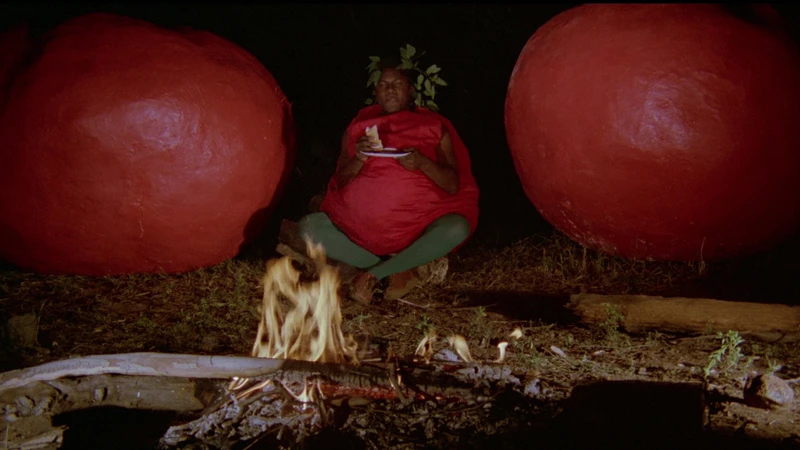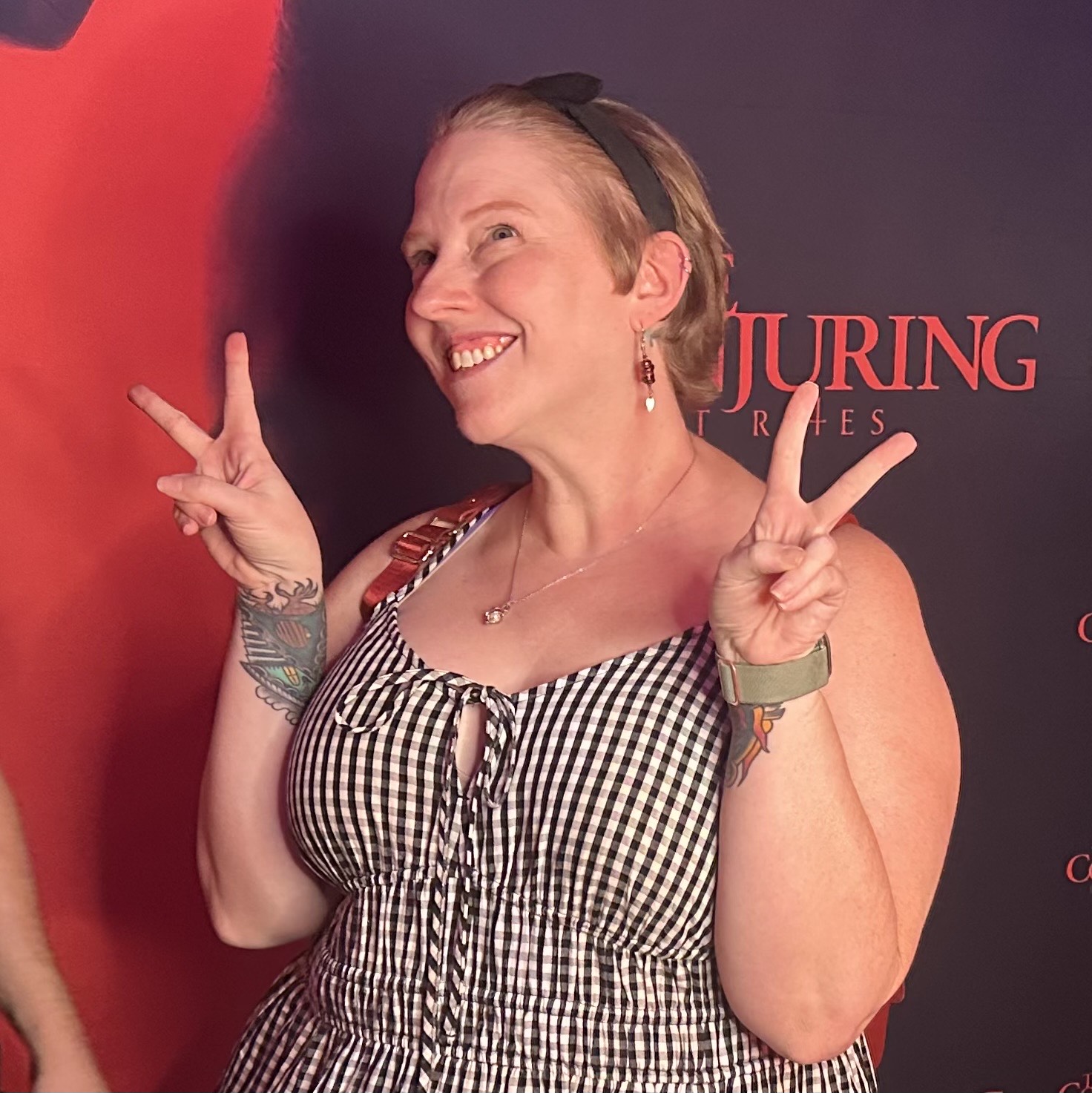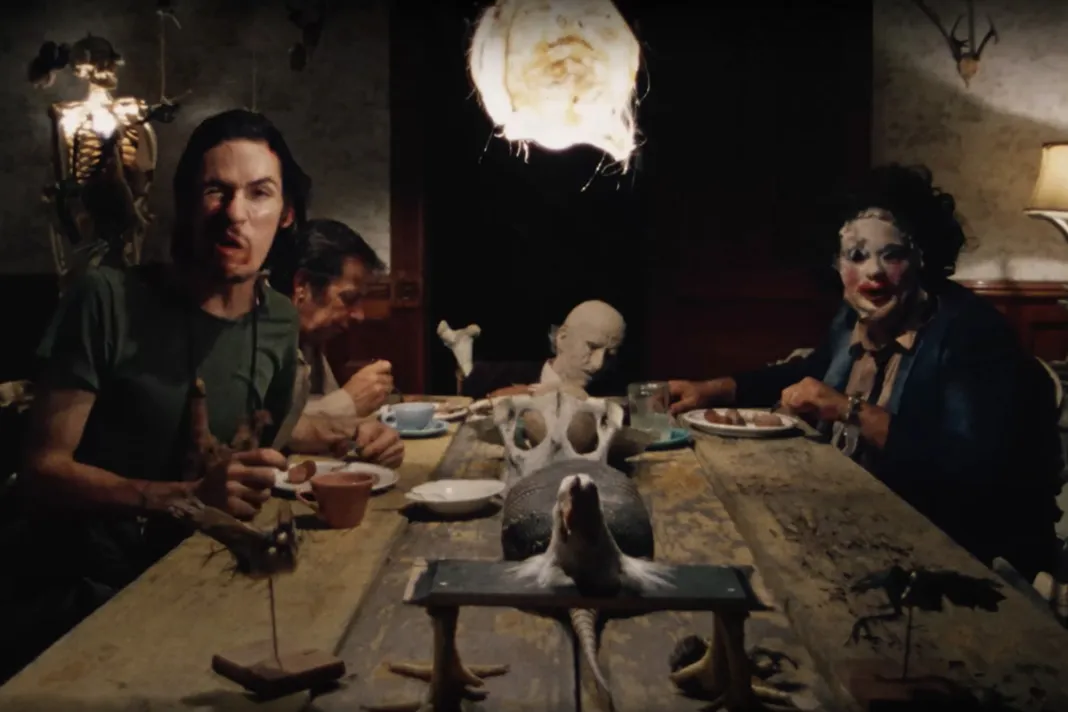The combination of gastronomy and horror may not come to mind when considering ways to frighten humans, as the former often seduces the appetite while the latter accelerates the heartbeat with dread and stalks people into their sleep, even years after seeing these celluloid nightmares. Still, when combined, they have produced some of the best jump scares, while also serving as a narrative tool and imagery that rivals the finest artistic paintings.
Some examples of these combos can be seen in the series ‘Hannibal’ (2013 – 2015) following the eating habits of cannibal Renaissance man Hannibal Lecter played by Mads Mikkelsen; in ‘The Texas Chainsaw Massacre’ (1974), a display on how independent horror movies can become a cultural influence that transcends the silver screen, and Spain’s ‘The Platform’ (2019) with its social commentary covered in gore and apprehension.
To discuss the relationship between gastronomy and horror, the Big Picture Film Club interviewed Sarah Stubbs, a film critic and online content creator known for her passion for various aspects of pop culture and her in-depth knowledge of food and horror.
Stubbs’ passion for cooking blossomed in her early childhood when learning how to cook from her mom, who also introduced Sarah to horror pictures like ‘House on Haunted Hill’ (1959) and all the Universal Monster films before the tender age of 10, laying the ground for the merger of these subjects in the younger Stubbs’ brain.
In our interview, Stubbs discusses the different roles food can play in horror films, ranging from being the killer itself to social allegories that emerge as the fatalities pile up in the score counting. Stubbs revels in how eye-appealing food can be another storytelling resource, the meaning of dinner time in American society, and how it is subverted, or even perverted, in the classic series starring Leatherface and his feared chainsaw.
Gabriel Leão: How is gastronomy used in horror movies and series?
Sarah Stubbs: Gastro horror is kind of like this big, all-encompassing thing. Thus, when I talk about gastro horror, I break it down a little bit. Because we have gastro horror, where the food is the killer. Think of movies like ‘Attack of the Killer Tomatoes,’ ‘The Stuff,’ ‘Ginger Dead Man,’ where you literally have killer food.
I did an article where, literally, the food is the killer. I broke down just about everyone you can find. For some reason, bread is a popular food used, producers like to make stuff about killer bread.
I think it’s because “bread” and “dead” rhyme, so people like to play with titles like ‘Evil Bread,’ or ‘Night of the Living Bread’. Then you have instances of horror using gastro elements, like dinner scenes, feast scenes, death by food, Et cetera. For example, in ‘Sleepwalkers,’ someone is stabbed to death with an ear of corn.
Therefore, elements of food, like in the movie ‘Thinner,’ in which there’s a cursed pie, enter the discussion. But food isn’t necessarily the main feature. And then you have things that have cannibalism. So, literally, people are eating people.
I think gastro horror is kind of an all-encompassing thing, because human nature is eating. We have to eat to survive; there’s no way around it, and what’s scarier than something we have to do, being the source of danger? I find that particularly fascinating, and there’s a lot of subversions of dinner and meals, because it is something that is a part of our lives. It’s how we connect to people. We talk to people over dinner, when you go out for dinner on a date, hence subverting all of these things that we do daily, and making them horrific is always scary.

GL: How do you evaluate the role of gastronomy in the series ‘Hannibal’ (2013 – 2015)?
SS: Admittedly, I am not a big TV watcher. Nevertheless, I am very familiar with Hannibal. That said, I think what draws people to Hannibal is that there’s something so charismatic about him, you’re drawn to this cannibal, you want to see what this cannibal is going to do. When it comes to the show, not only that, but you have beautiful-looking food. It’s not grotesque in the visuals of it. When you look at this plate of food, what’s terrifying about it is that it’s absolutely something you would see at a fancy restaurant.
(The characters) may not know, but as the viewer of the show, you know this is human. This is what makes it so terrifying. My husband and I have this phrase we call things that are kind of attractive but scary. We call it “sexy dangerous.” And I feel like this is that, especially with the TV show’s star, Mads Mikkelsen.
There’s something so charismatic about Mikkelsen. You just can’t take your eyes off him. You want to keep watching what he’s going to do. You want to see what Hannibal’s going to do, and how he’s going to do it.
This brings us back to how it is not like ‘The Hills Have Eyes’ or ‘Texas Chainsaw Massacre,’ where the cannibalism is primal, ghastly, or grotesque; it’s not a ‘Wrong Turn’ movie, where you’re just seeing someone get their limbs hacked off and barbecued. It’s presented beautifully. We eat with our eyes.
It’s hard to look away when it’s something so beautiful. You see this in movies like ‘The Menu’ or ‘House of Spoils,’ where it’s not cannibalism, but there are these horrific scenes and moments that use beautiful food to, for a moment, pull you out of that scariness and that horror, because it’s just so gorgeous.
GL: How influential is the dinner scene in ‘The Texas Chain Saw Massacre’ (1974)?
SS: The dinner scene in the ‘Texas Chainsaw Massacre’ is great for so many reasons, and it’s important to gastro horror, in my opinion. It is not the first time we have seen a dinner scene in horror. It’s not even nearly the first time. But what’s interesting about the dinner scene in ‘Texas Chainsaw Massacre’ is that aside from it just being this awful moment, it has a history. That scene was filmed at night; they filmed it for hours and hours and hours. The scent of rotting meat was everywhere. Everybody was sweaty.
In every book about ‘Texas Chainsaw Massacre,’ they talk about this scene, and its history just being such an awful night of filming, the actors’ stress and grunge, and everything is real, and so it feels so visceral.
But also, in the 1970s and in the United States, we’re seeing this kind of push away from, the nuclear family ideal, whereas in the 1950s, we had family dinner, and they were really trying to push this notion of everybody at the dinner table, dressing nicely and having a fancy dinner where children should be seen and not heard, mother and father talk about their day, it’s this cookie-cutter image and ‘Texas Chainsaw Massacre’ absolutely turns that on its head.
You have this horrific meal, people are being tortured, people are tied to the chair, they’re poking fun at modernity in a way that subverts it so much, because it’s so far from the family dinner that we would expect and that we see in Hollywood, since family dinner is supposed to be this place of comfort and joy, you think about the Sunday dinner where you get together with your family, you catch up, and it’s nice, meanwhile this scene is not like that at all. This is horror. This is Sally trying to escape this dinner with every fibre of her being and her life. She literally jumps out a window to escape it.
This dinner scene is shown in various ways throughout the ‘Texas Chainsaw’ franchise, with the exception of the more modern remakes. Even ‘Texas Chainsaw Massacre: The Next Generation’ kind of removes it. There’s a dinner scene, but dinner isn’t the point anymore, and effectively, we see how family dinner throughout history in the United States changes through how it’s depicted in the ‘Texas Chainsaw’ franchise, which is really fascinating.
GL: The Spaniard horror film ‘The Platform’ (2019) touches on some social issues through allegories. How do you see the subjects of luxury food and cannibalism playing out in the product?
SS: In the ‘Platform,’ there’s not as much cannibalism (as in the others we previously discussed), if I recall correctly. It’s been a minute since I’ve watched it, but they do touch a lot on the social commentary, and you do see this in cannibalism movies. There is a lot of, eat the rich, or going the opposite way where the rich are taking advantage of marginalized people and communities, and, in essence, they are the ones doing the eating. There is a Norwegian film called ‘Kadaver,’ and the premise is rich people who are inviting people who aren’t rich and they deem to be below them to dinner, then the people they’ve invited are, in fact, the meal, and these people are trying to escape, similarly to the ‘Platform’. There is the social commentary of those “above” having more than those “below”. And I think that it’s a really fascinating look and way to examine society. Food is obviously something that, again, everybody needs, but not everybody has access to and so to use starvation and/or the removal of food as the means of horror is another way that we can give focus to these issues without necessarily making a movie that’s directly about those topics.

Sarah Stubbs
Interested in more Gastro Horror? Check out Sarah Stubbs’ official website.

